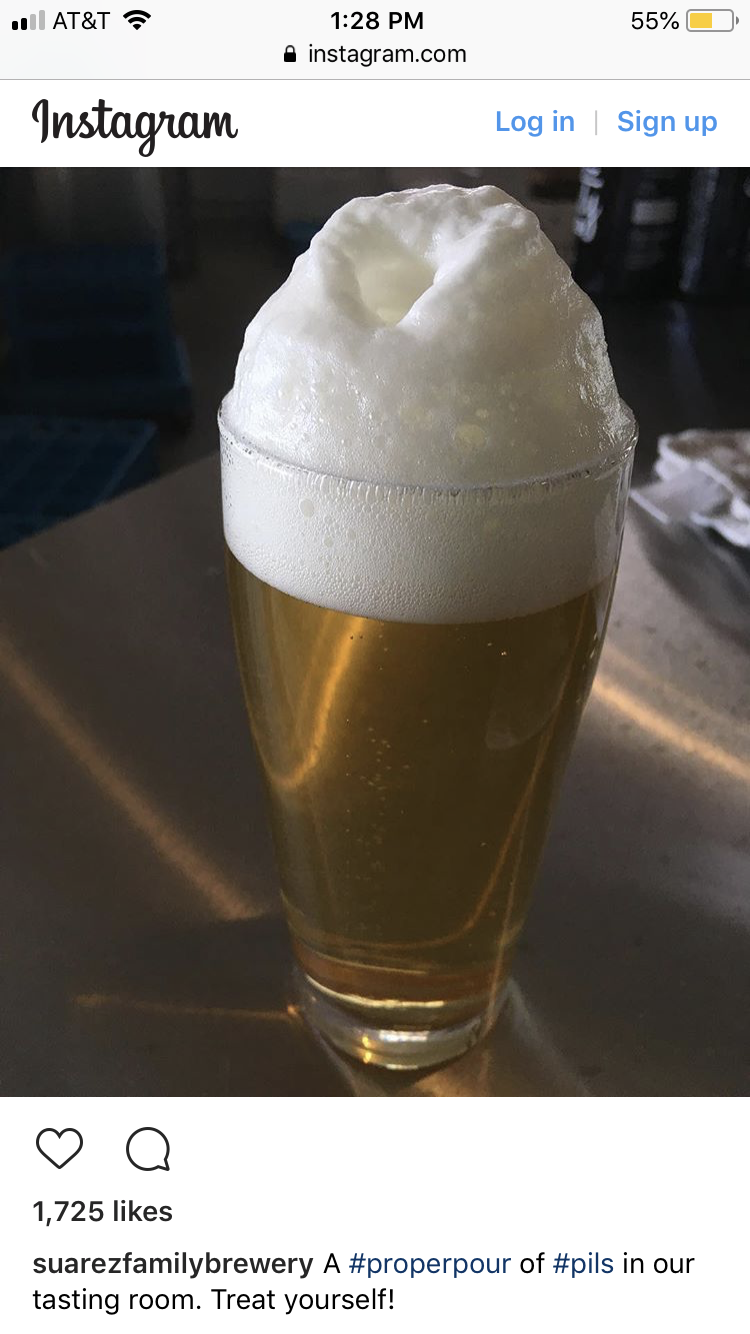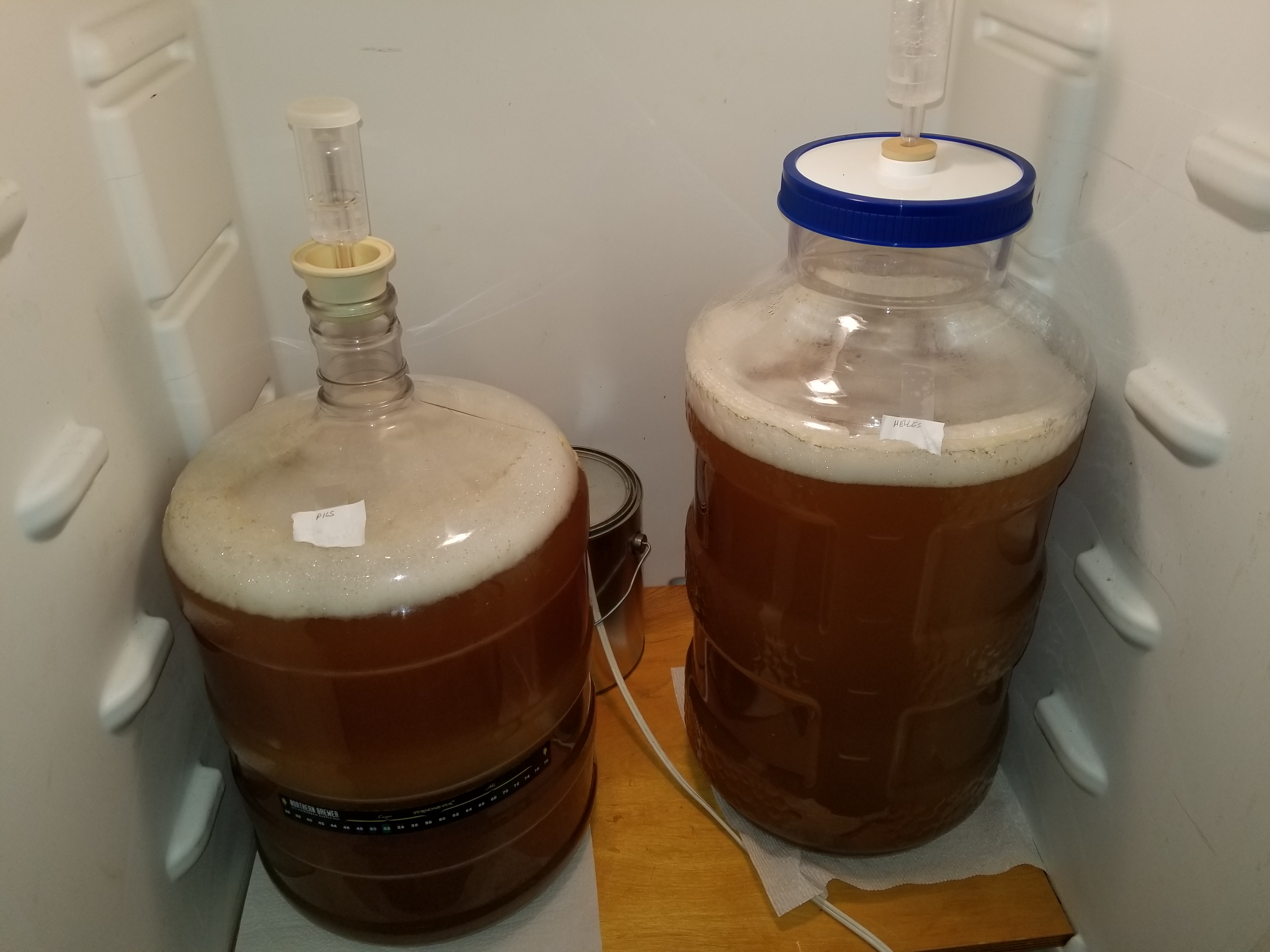devils4ever
Well-Known Member
Having vast experience (decades) with brewing all-grain ales, I've finally decided to do a lager for the first time. In fact, I want to brew 2 lagers on the same day since it saves me time.
So, I decided upon a Munich Helles and German Pilsner. Here's the recipes.
Munich Helles
10 lbs German Pils malt
1/4 lb Munich malt
1/4 lb CaraPils malt
1.25 oz Saaz hops (90 min)
1.00 oz Saaz hops (0 min)
1 pkg Wyeast 2308 Munich Lager yeast
Mash at 154F for 60 min. Boil for 90 min. Ferment at 50F for 2 weeks. Raise to 60F over 1 week. Lager for 3-4 weeks at 38F.
German Pilsner
10 lbs German Pils malt
1/2 lb Vienna malt
1/4 lb CaraPils malt
1.50 oz Saaz hops (90 min)
0.50 oz Saaz hops (15 min)
1 pkg White Labs 830 German Lager yeast
Mash at 152F for 60 min. Boil for 90 min. Ferment at 50F for 2 weeks. Raise to 60F over 1 week. Lager for 3-4 weeks at 38F.
How's these recipes look?
I can make a 2L starter for one batch, but not both at the same time. Can I do a starter for the first batch and then make a starter (ready the next day) for the second batch?
EDIT: Also, do I need to rack the beer from primary to secondary or can I leave it in one carboy the whole time?
So, I decided upon a Munich Helles and German Pilsner. Here's the recipes.
Munich Helles
10 lbs German Pils malt
1/4 lb Munich malt
1/4 lb CaraPils malt
1.25 oz Saaz hops (90 min)
1.00 oz Saaz hops (0 min)
1 pkg Wyeast 2308 Munich Lager yeast
Mash at 154F for 60 min. Boil for 90 min. Ferment at 50F for 2 weeks. Raise to 60F over 1 week. Lager for 3-4 weeks at 38F.
German Pilsner
10 lbs German Pils malt
1/2 lb Vienna malt
1/4 lb CaraPils malt
1.50 oz Saaz hops (90 min)
0.50 oz Saaz hops (15 min)
1 pkg White Labs 830 German Lager yeast
Mash at 152F for 60 min. Boil for 90 min. Ferment at 50F for 2 weeks. Raise to 60F over 1 week. Lager for 3-4 weeks at 38F.
How's these recipes look?
I can make a 2L starter for one batch, but not both at the same time. Can I do a starter for the first batch and then make a starter (ready the next day) for the second batch?
EDIT: Also, do I need to rack the beer from primary to secondary or can I leave it in one carboy the whole time?
Last edited:












![Craft A Brew - Safale S-04 Dry Yeast - Fermentis - English Ale Dry Yeast - For English and American Ales and Hard Apple Ciders - Ingredients for Home Brewing - Beer Making Supplies - [1 Pack]](https://m.media-amazon.com/images/I/41fVGNh6JfL._SL500_.jpg)














































